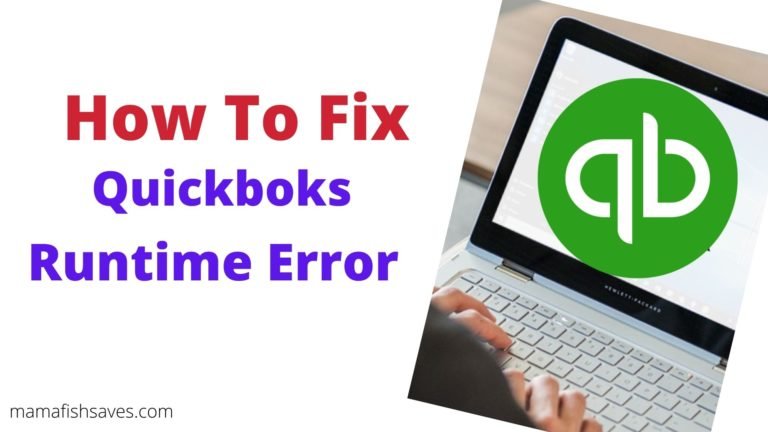The Comprehensive Guide to Business Models
Introduction to Business Models
A business model is a framework for how a company creates, delivers, and captures value. It describes the core aspects of a business, including its target customers, value proposition, revenue sources, cost structure, and distribution channels. A well-defined business model is essential for guiding strategic decision-making and ensuring long-term success.
What is a Business Model?
A business model defines the fundamental aspects of how a business operates and generates revenue. It outlines:
- Value Proposition: The product or service offered by the business and its unique selling points.
- Target Customers: The specific segment of the market that the business aims to serve.
- Revenue Streams: The sources of revenue for the business, such as product sales, subscriptions, or advertising.
- Cost Structure: The costs incurred by the business to operate and deliver its products or services.
- Distribution Channels: The channels through which the business reaches its customers and delivers its products or services.
Types of Business Models
- Product-Based Business Model: Focuses on selling physical or digital products to customers.
- Service-Based Business Model: Focuses on providing services to customers for a fee.
- Subscription-Based Business Model: Focuses on offering subscription services to customers who pay a recurring fee.
- Freemium Business Model: Offers a basic version of a product or service for free, with premium features available for a fee.
- Marketplace Business Model: Facilitates transactions between buyers and sellers, earning a commission on each transaction.
- Platform Business Model: Provides a platform that connects users and facilitates interactions, earning revenue through fees or advertising.
Components of a Business Model
- Value Proposition: Describes the benefits that the business offers to its customers and why they should choose its products or services.
- Customer Segments: Identifies the different groups of customers that the business serves and their specific needs and preferences.
- Revenue Streams: Describes how the business generates revenue, including pricing strategies and sales channels.
- Cost Structure: Outlines the costs associated with operating the business, including production costs, overhead, and marketing expenses.
- Key Resources: Identifies the essential resources required to deliver the value proposition, such as technology, infrastructure, and human capital.
- Key Activities: Describes the key activities that the business must perform to deliver its value proposition and generate revenue.
- Key Partnerships: Identifies the strategic partnerships that the business relies on to operate successfully, such as suppliers, distributors, or technology providers.
Examples of Successful Business Models
- Amazon: Utilizes a marketplace business model, connecting buyers and sellers and earning a commission on each transaction.
- Apple: Focuses on a product-based business model, selling a range of hardware and software products to customers.
- Netflix: Uses a subscription-based business model, offering streaming services to customers for a monthly fee.
- Uber: Operates on a platform business model, connecting riders with drivers and earning a commission on each ride.
Conclusion
A well-designed business model is essential for guiding strategic decision-making, attracting investors, and ensuring long-term success. By understanding the key components of a business model and the different types of business models that are available, entrepreneurs and business leaders can develop innovative and sustainable models that drive growth and profitability.






